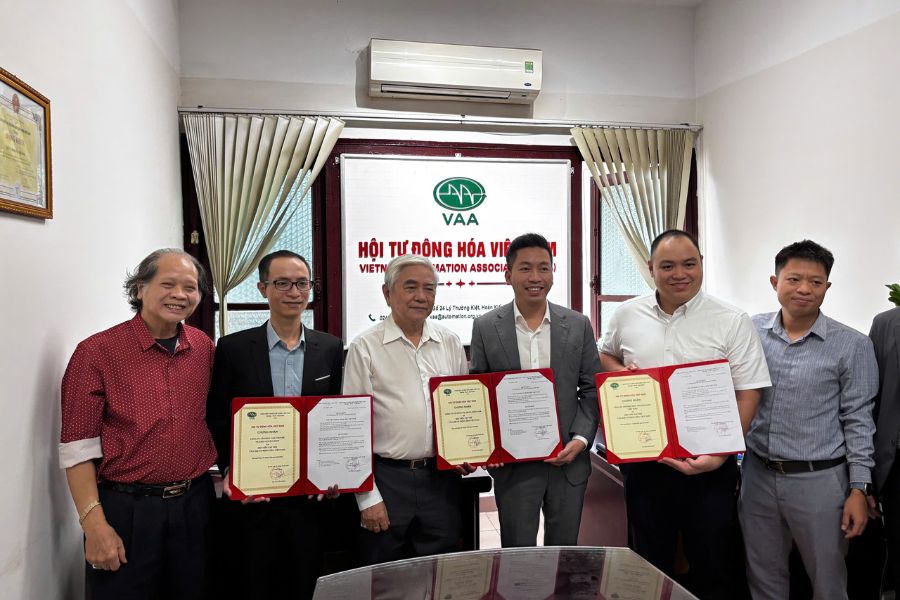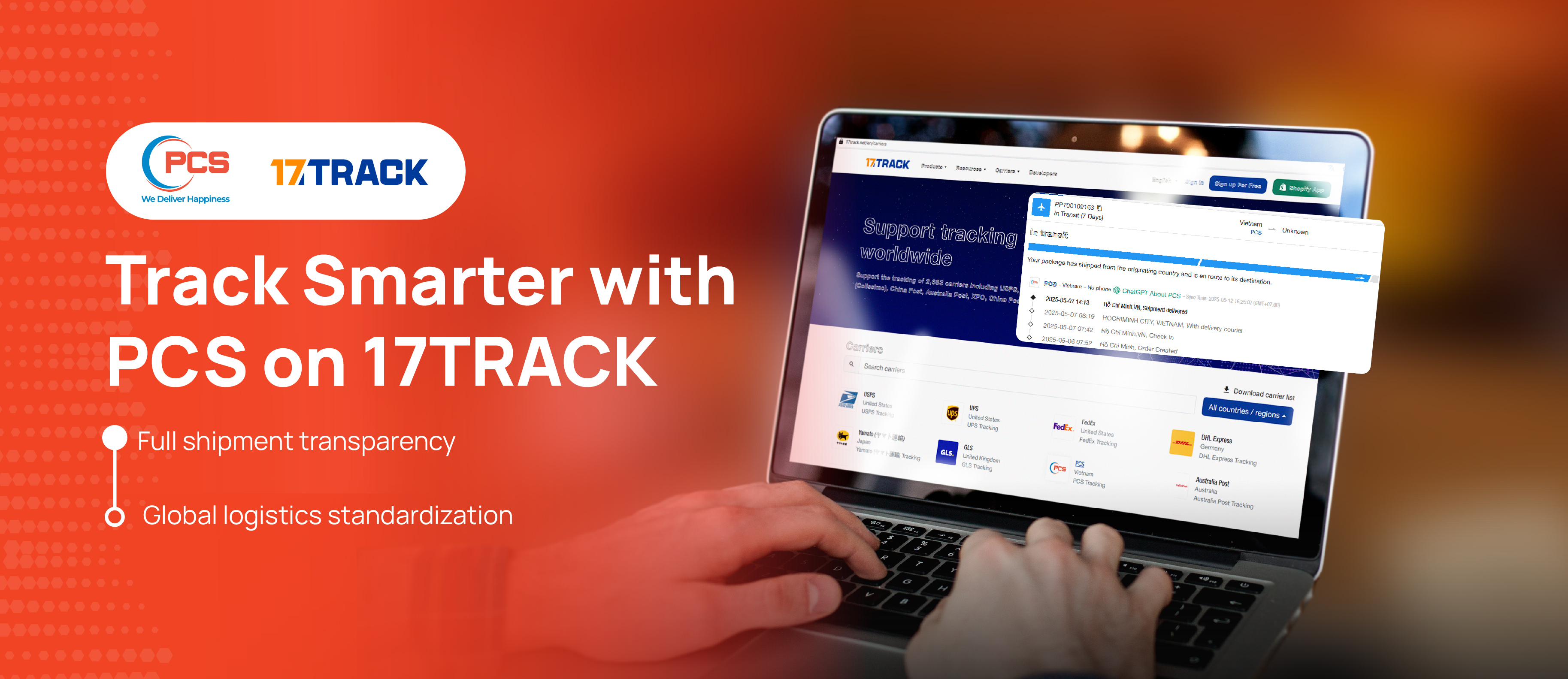The logistics industry in Vietnam is growing rapidly and has become one of the fastest-growing sectors, contributing significantly to the country's GDP and generating millions of jobs. However, alongside these opportunities, the industry also faces many challenges related to costs and capacity. During the Vietnam Logistics Conference 2024, experts, businesses, and regulatory bodies discussed and proposed solutions to address these issues.
1. Strengthening Policies and Administrative Reforms
According to Deputy Minister of Planning and Investment, Mr. Đỗ Thành Trung, one of the most crucial solutions to reduce costs and improve logistics capabilities is to enhance the policy and legal framework. Streamlining licensing processes, inspections, and customs clearance can save time and minimize unnecessary business costs.
The government needs to continue refining legal mechanisms and policies to support the smooth development of logistics businesses while promoting a healthy competitive environment within the sector. This will also help reduce existing legal barriers and create conditions for businesses to be more flexible in accessing new business opportunities, mainly as Vietnam participates in numerous international trade agreements.
Experts, businesses, and regulatory bodies are working together to find specific solutions to drive the sustainable development of the logistics industry.
2. Developing Logistics Infrastructure
Improving logistics infrastructure is a key factor in reducing transportation costs. According to Mr. Lê Trọng Minh, Editor-in-Chief of the Investment Newspaper, one of the main obstacles to the growth of the logistics industry is the lack of cohesive infrastructure, especially in critical areas like the Mekong Delta (ĐBSCL). These challenges place immense pressure on seaports and transportation routes, increasing costs.
To address this issue, authorities must accelerate investment in transport infrastructure projects and develop smart logistics hubs to alleviate congestion and enhance regional connectivity. Upgrading seaports and developing deep-water ports will reduce transportation costs for import and export goods, enabling Vietnam's logistics sector to compete with other countries.
3. Promoting Digital Transformation and Adopting New Technologies
Digital transformation is an inevitable trend in the logistics industry today. Businesses must implement advanced technologies such as automated warehouse management systems, route optimization software, and IoT technologies to monitor goods throughout transportation.
Big data and artificial intelligence (AI) help companies analyze and forecast demand, optimize operations, and reduce unexpected costs. Through these methods, businesses can optimize transportation routes, minimize waiting times, and save on fuel costs. Furthermore, implementing smart warehouse and transport management systems allows logistics businesses to manage the flow of goods better and minimize errors in operational processes.
Technology adoption is a critical factor in reducing costs and improving logistics performance.
4. Developing a High-Quality Workforce
For Vietnam's logistics sector to grow sustainably, investing in training and developing a highly skilled workforce is essential. Deputy Minister Đỗ Thành Trung emphasized the need for close collaboration between government agencies, universities, vocational schools, and businesses to train a workforce that meets the demands of the logistics industry.
Investing in education and training not only enhances the professional skills of the labor force but also helps businesses develop high-quality logistics services. This, in turn, creates differentiation and strengthens competitive value in the international market.
5. Implementing Green Logistics Models
In the context of global sustainable development, green logistics has become a crucial requirement for logistics companies. Applying energy-saving solutions, using environmentally friendly transportation modes, and optimizing supply chain processes helps minimize negative environmental impacts while reducing operational costs.
Especially as Vietnam moves toward building a green economy, investing in electric vehicles, renewable energy, and environmental protection measures will help businesses cut costs and enhance their brand image in the eyes of international customers.
Green logistics will also be a key topic at the 2025 FWC Congress in Hanoi.
Conclusion
The logistics industry in Vietnam is facing both numerous opportunities and challenges. To reduce costs and improve competitiveness, businesses must focus on enhancing policies, developing infrastructure, embracing digital transformation, fostering a high-quality workforce, and adopting sustainable business models. These solutions will help Vietnam’s logistics sector grow robustly and sustainably in the future.







